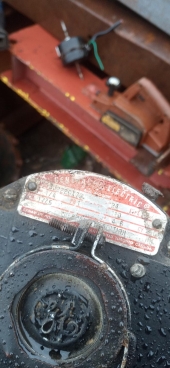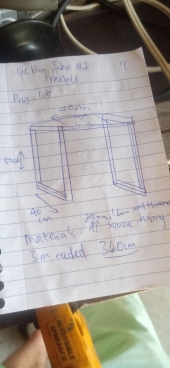
 19
19




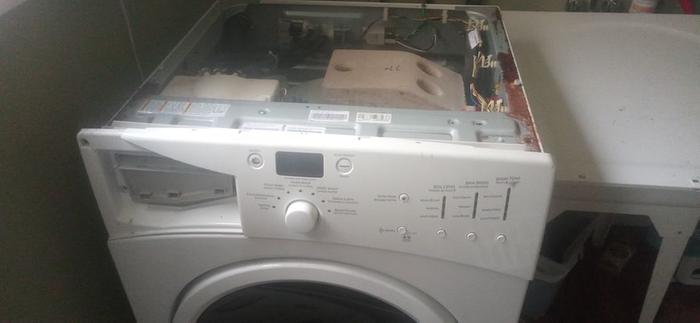
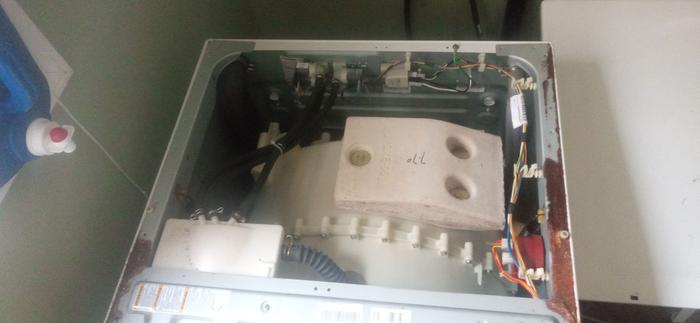
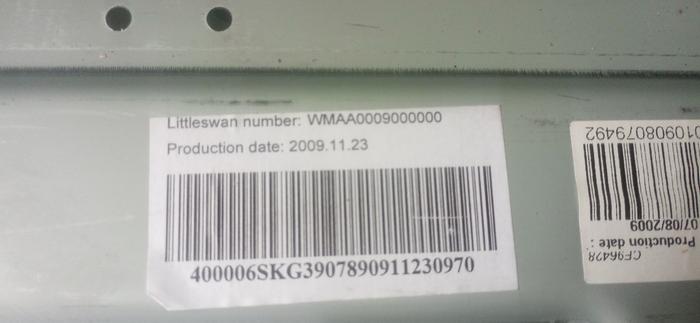

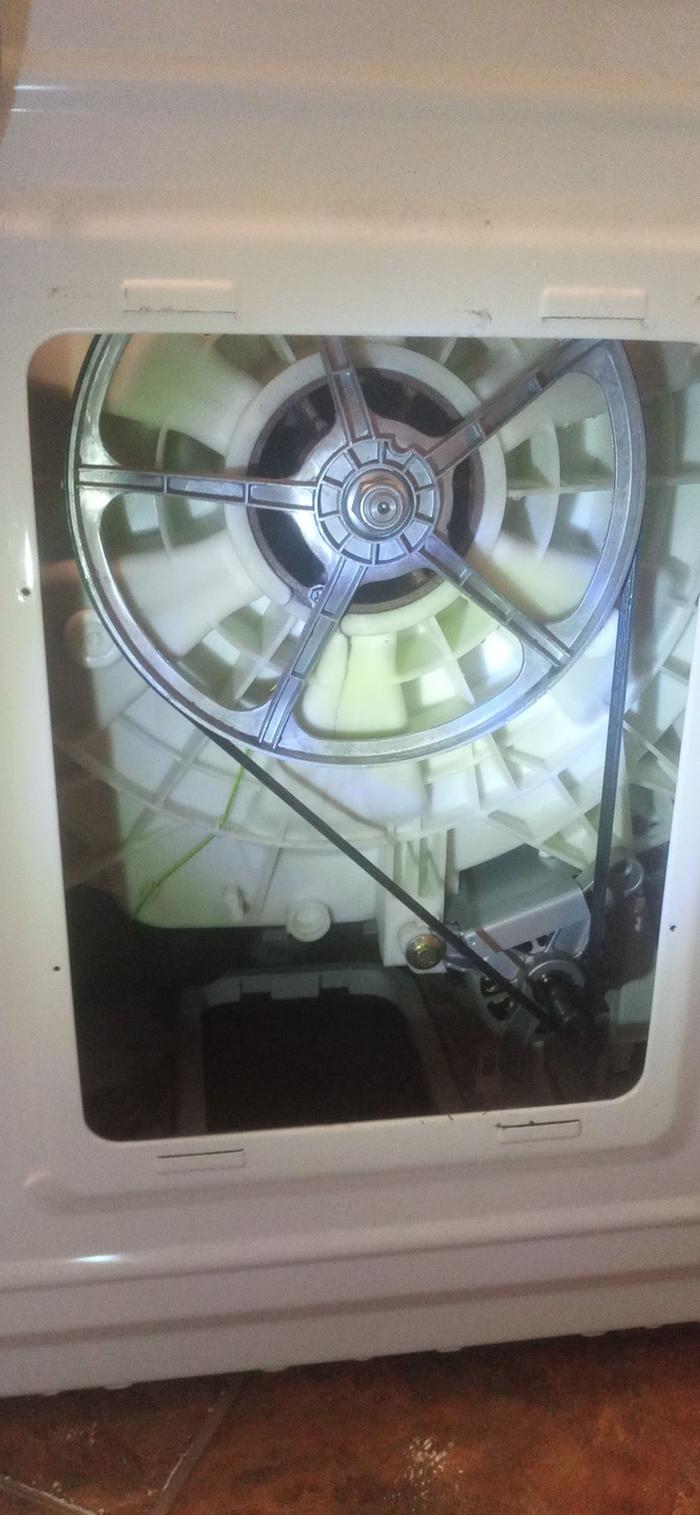
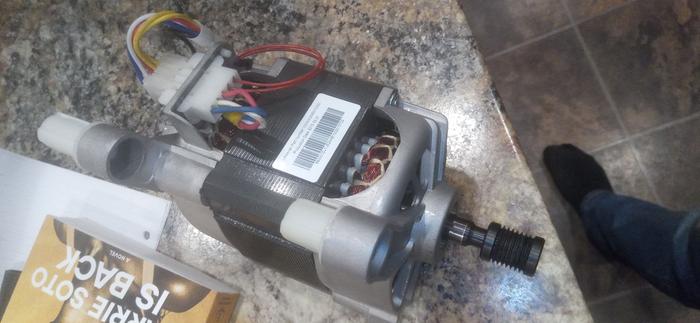
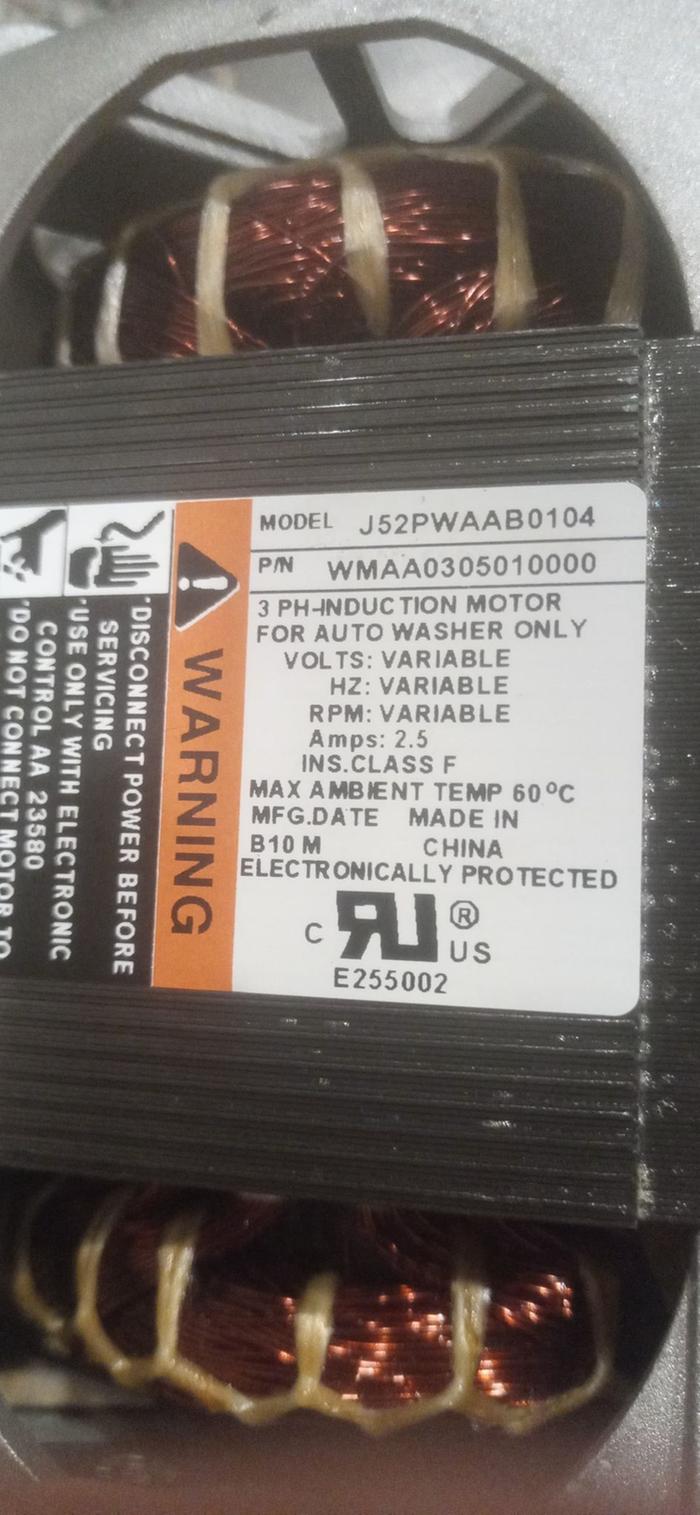
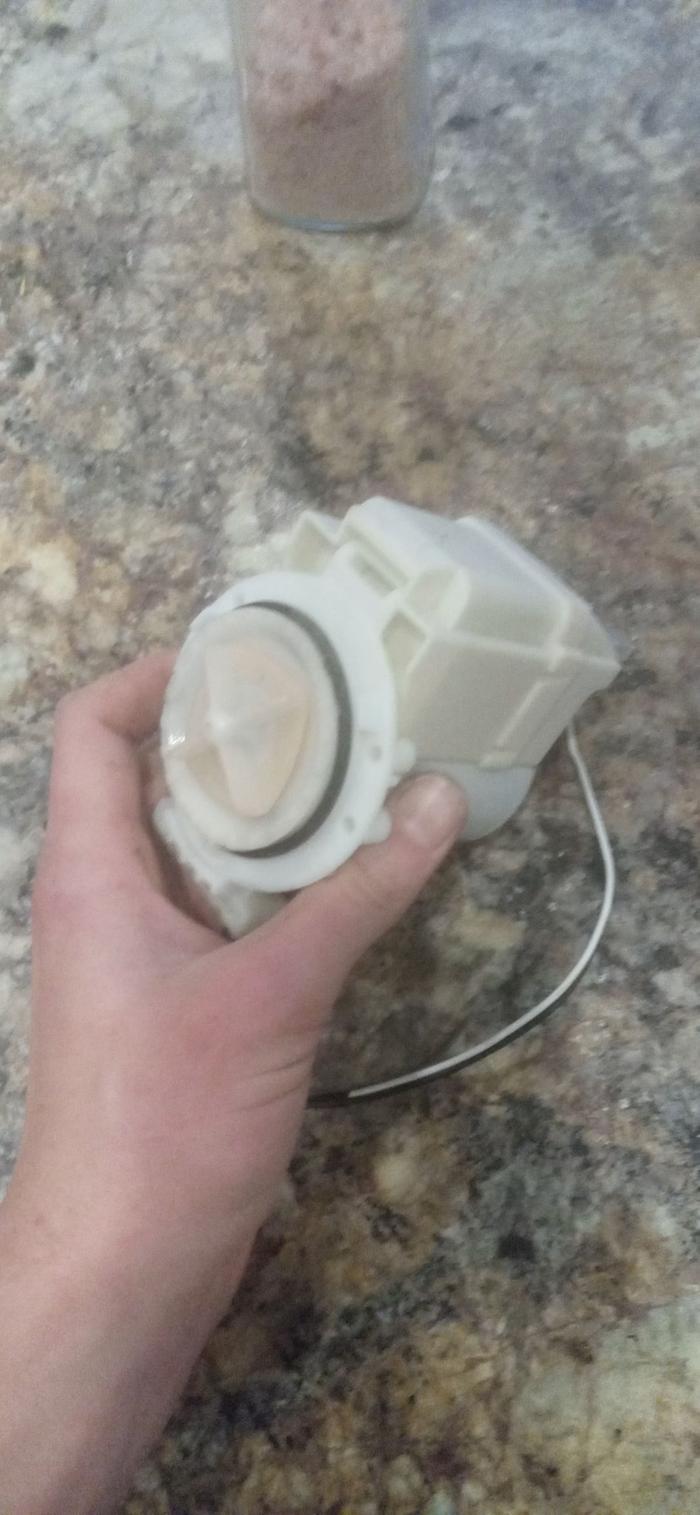
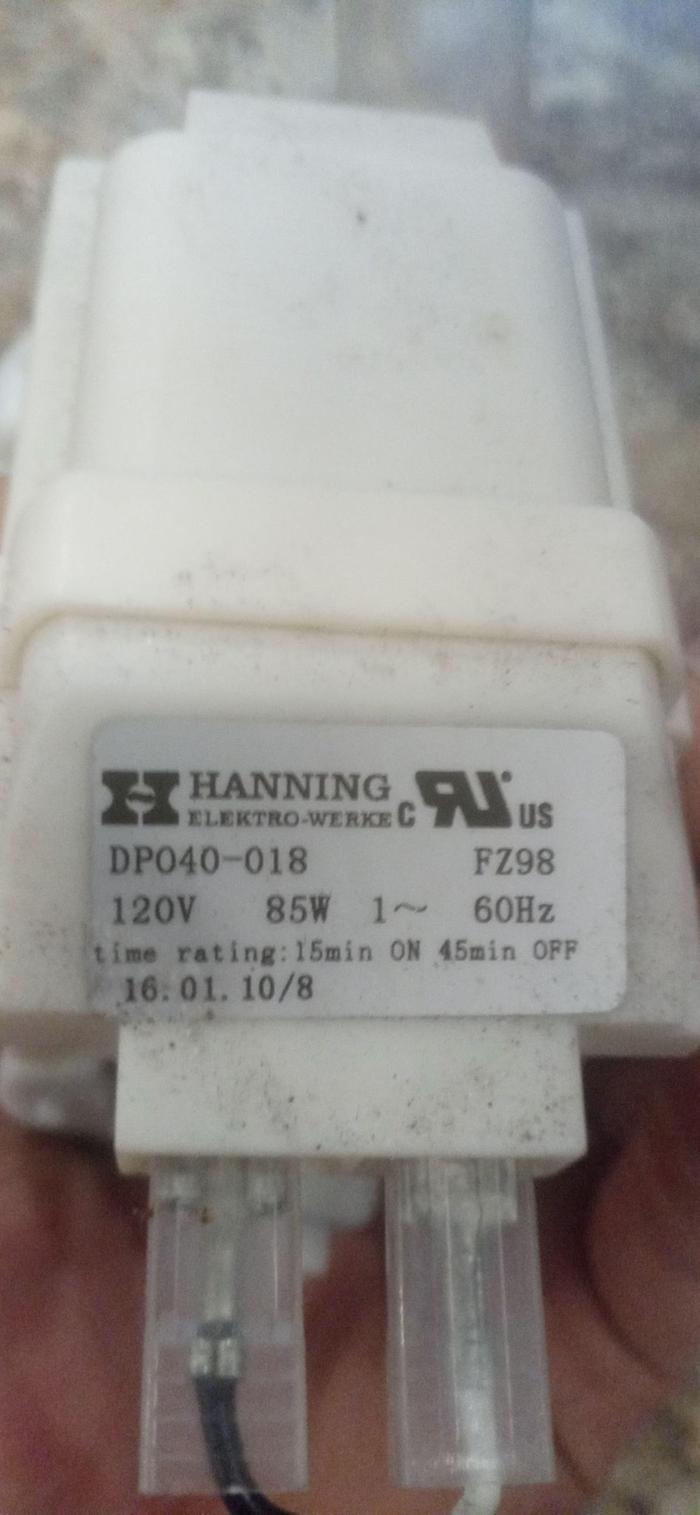
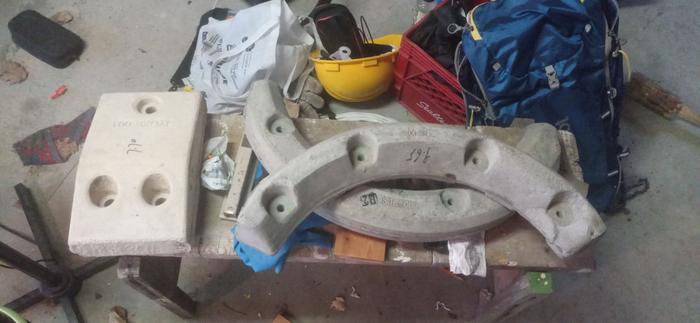
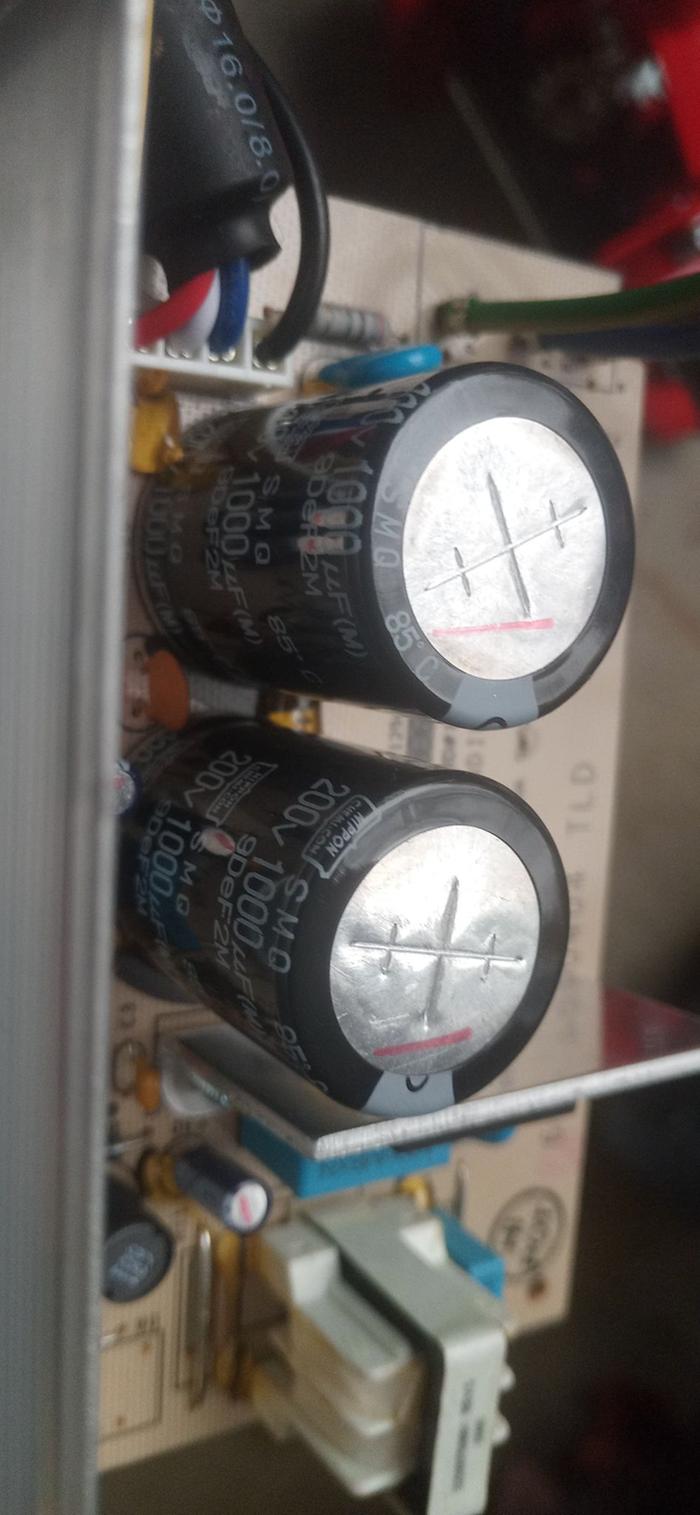
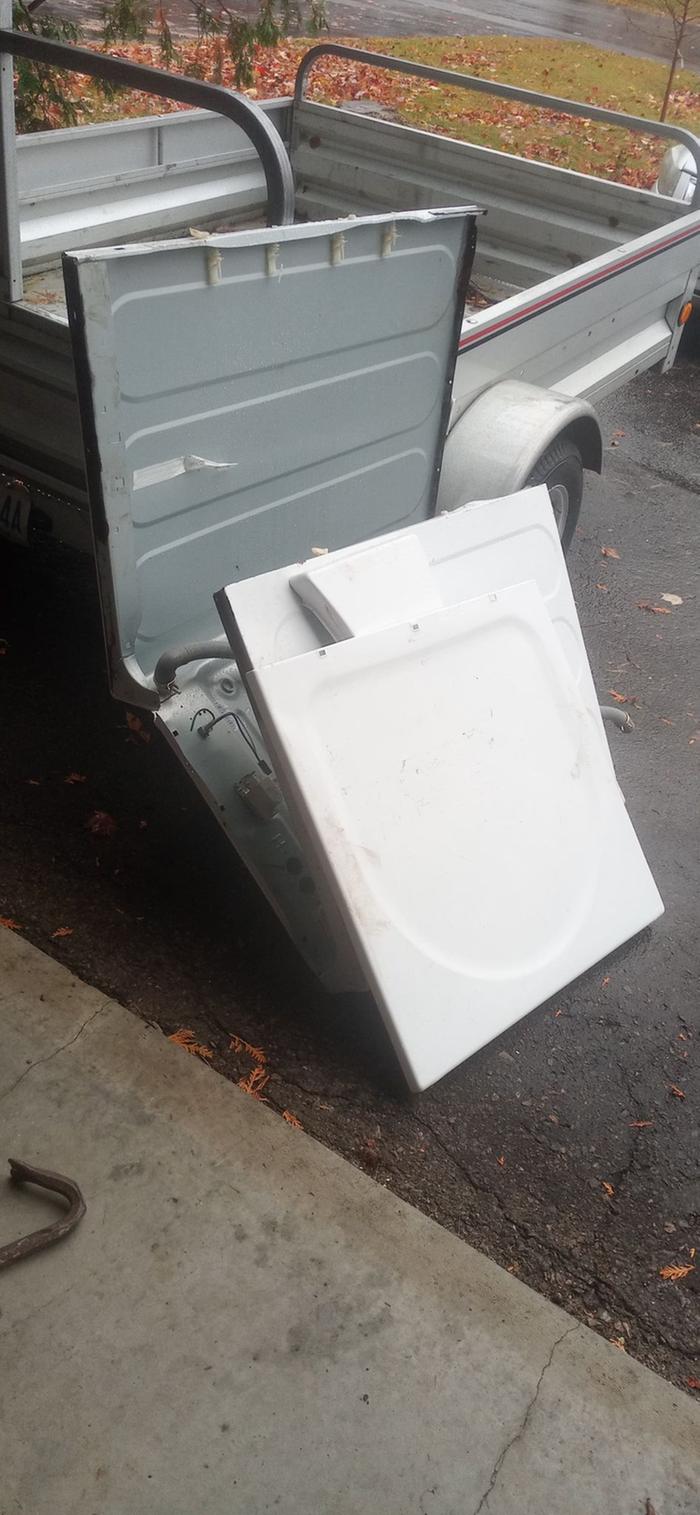


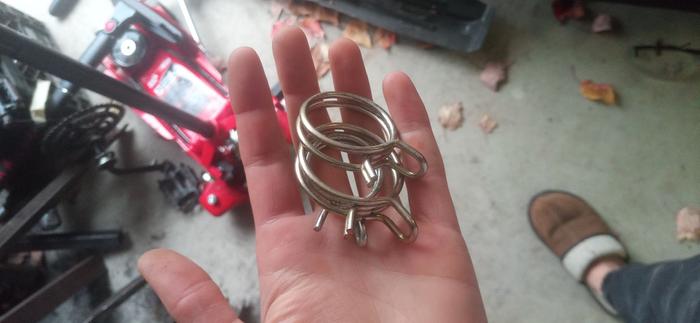
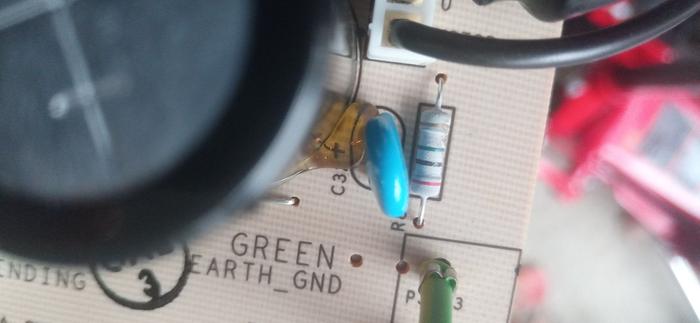
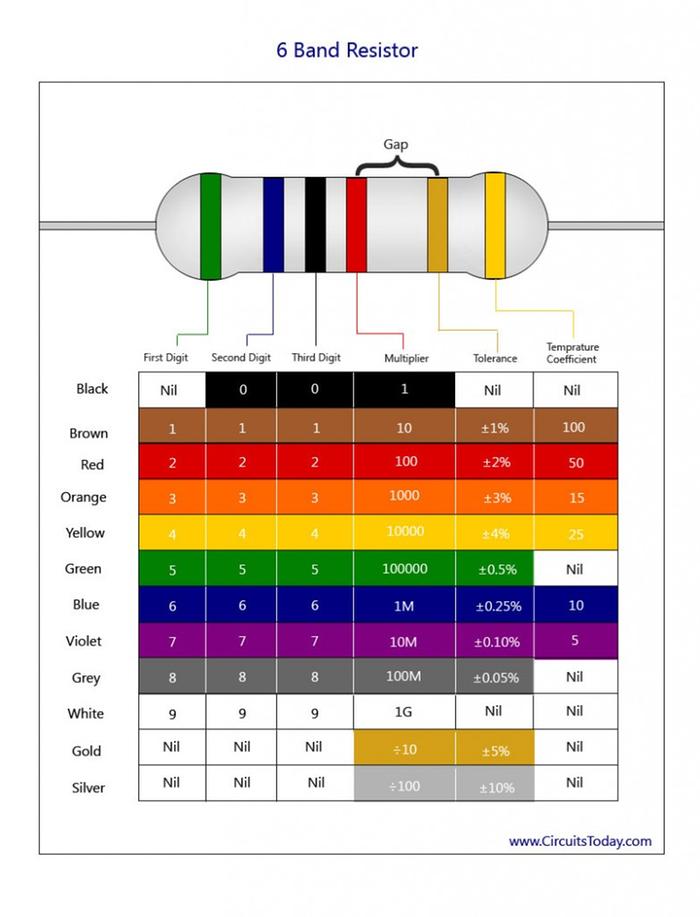
My journal documenting my time living on the Stone Baerm Homestead in summer 2021: https://permies.com/t/160807/Stone-Baerm-Adventures
 9
9




'What we do now echoes in eternity.' Marcus Aurelius
How Permies Works Dr. Redhawk's Epic Soil Series
 5
5




Joylynn Hardesty wrote:Cool! Here are some ideas of what to dowhat to do with that barrel.
 Thank you Joylynn!
Thank you Joylynn!
My journal documenting my time living on the Stone Baerm Homestead in summer 2021: https://permies.com/t/160807/Stone-Baerm-Adventures
 4
4




 7
7




"The only thing...more expensive than education is ignorance."~Ben Franklin
"We can easily forgive a child who is afraid of the dark; the real tragedy of life is when men are afraid of the light." ~ Plato

 4
4




 3
3




L. Johnson wrote:Dude. Awesome.
I feel educated in a way I never have been.
The last time I dismantled something instead of discarding outright was a toddler toy. I showed my son how all the different features were connected by levers and buttons and actuators to the single chip board. Almost literally childs play compared to this break down.
Cheers to you, and good luck putting all the things to better uses, even if it's only education.

My journal documenting my time living on the Stone Baerm Homestead in summer 2021: https://permies.com/t/160807/Stone-Baerm-Adventures

 5
5




How Permies works: https://permies.com/wiki/34193/permies-works-links-threads
My projects on Skye: The tree field, Growing and landracing, perennial polycultures, "Don't dream it - be it! "
 5
5




Nancy Reading wrote:If the door is a nice glass one it makes a pretty good mixing bowl - my favourite bowl is off a dead washing machine. It takes a bit of effort to take the frame off it, but the glass is really strong.
My journal documenting my time living on the Stone Baerm Homestead in summer 2021: https://permies.com/t/160807/Stone-Baerm-Adventures
 5
5




Cam Haslehurst wrote:
Nancy Reading wrote:If the door is a nice glass one it makes a pretty good mixing bowl - my favourite bowl is off a dead washing machine. It takes a bit of effort to take the frame off it, but the glass is really strong.
Hey Nancy forgot to get back to you. The glass is seriously strong, but unfortunately it's a very strange shape. I lost the photo for it, but it starts as a regular dome, then suddenly flattens out which makes it useless as a bowl. Just had a look in the garage and didn't see it. I know there's a use for it though and I will find it!
 5
5




Hannah Johnson wrote:
Couple brainstorms---
Kid's playhouse ship porthole
Cob house window

Carla Burke wrote:
I know something I'd love to use a drum like that for - scouring fleeces! Rigged on a tripod, it could be raised and lowered from the suint, and save my back! (Anyone who has ever had to lift a whole, thoroughly saturated fleece out of a tub of water knows my pain). Typical baskets don't work well. The plastic ones collapse and break under the weight of it, wicker wants to float, then gets saturated and adds more to the weight, as it sags - waterlogged. Mesh bags (the most commonly used thing) are awkward, and floppy - not good when it's also drenched. But, that tub would be a cinch - on a winch.
William Bronson wrote:
Bravo!
Your break down is excellent!
That drum is weirdly annoying.
It's full of holes, which limits its function, and it's stainless steel which elevates its potential.
It may be most useful as a sheet of perforated stainless steel.
No hurry deciding, it could serve many purposes, one after the other.
My journal documenting my time living on the Stone Baerm Homestead in summer 2021: https://permies.com/t/160807/Stone-Baerm-Adventures
 5
5




Michael
 3
3




"The only thing...more expensive than education is ignorance."~Ben Franklin
"We can easily forgive a child who is afraid of the dark; the real tragedy of life is when men are afraid of the light." ~ Plato

|
pie. tiny ad:
Rocket Mass Heater Resources Wiki
https://permies.com/w/rmh-resources
|


